How to Start a Research Organization (from your Bedroom) | VitaDAO
In this article, we’ll look at how to start a laboratory-based research organization like VitaDAO.
Aragon
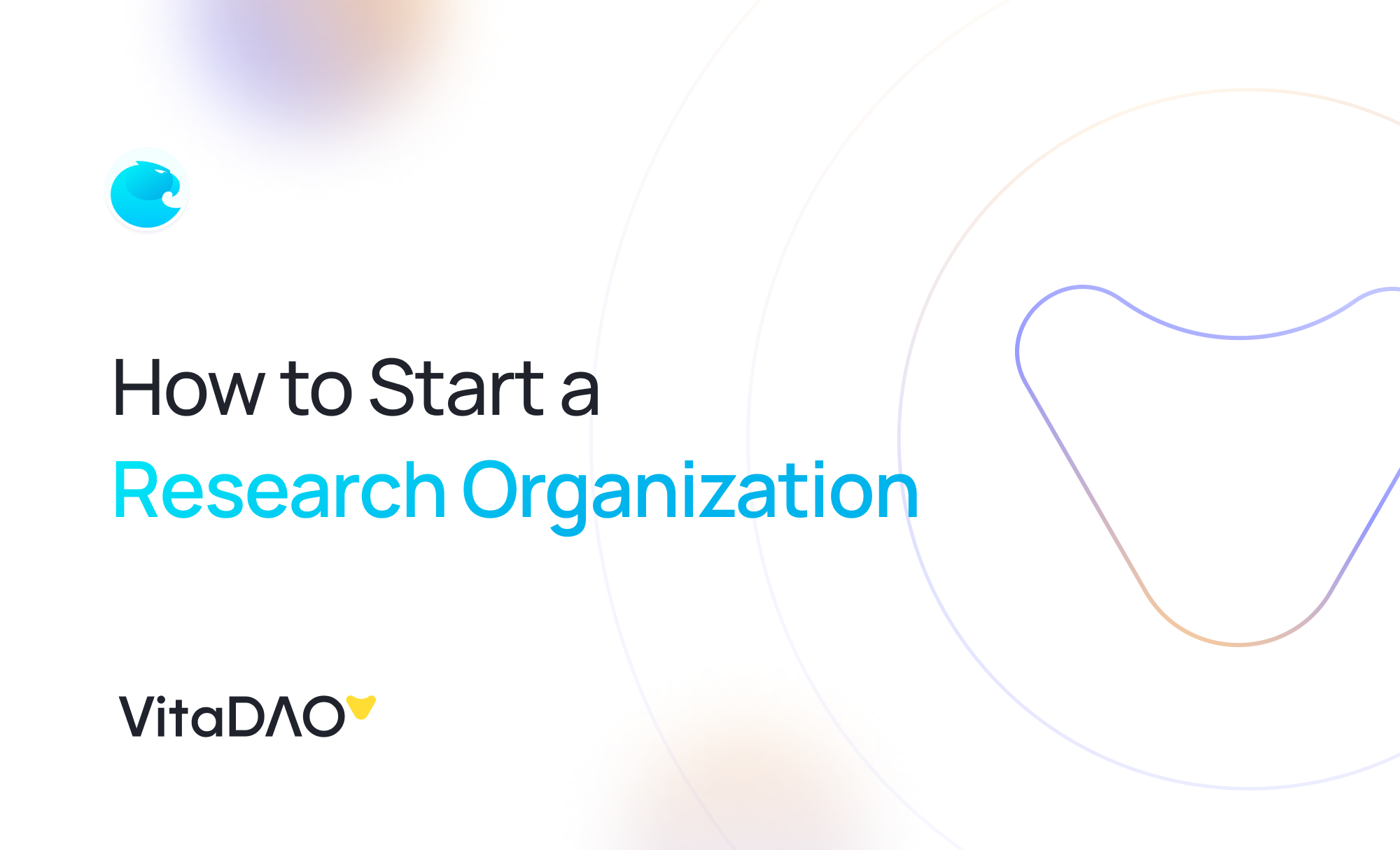
So far in this series, we’ve looked at How to Start a Hedge Fund, and How to Start a Charity. Software projects like these benefit from relatively low costs of execution and a high degree of reproducibility, making hypotheses quick to test and iterate. In this article, we’ll look at a case where this situation is reversed: that of a laboratory-based research organization — VitaDAO.
Problem: It’s the Incentives, Stupid
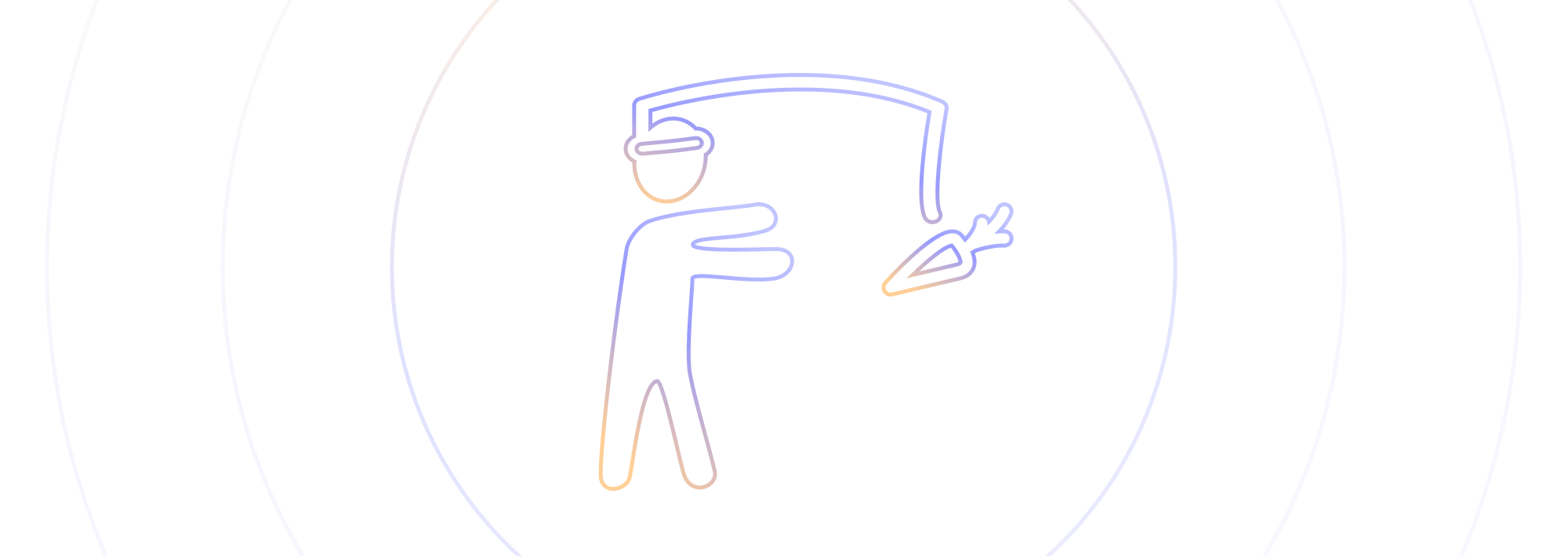
In 2018, an internal Goldman Sachs research report asked, “Is curing patients a sustainable business model?” This inflammatory, albeit rational, question was prompted by a decline in the sales of Sovaldi and Harvoni, two highly effective drugs for Hepatitis C that worked so well that their customer base shrank dramatically; i.e. patients were cured.
This example of misaligned incentives between investors, researchers, and patients, is the first in a long list within the pharmaceutical and medical industries:
- Large pharmaceutical companies have little incentive to eradicate diseases.
- Companies will leave patents undeveloped so a potentially superior drug doesn’t cannibalize strong sales of an existing inferior drug.
- Companies may throttle the production of drugs to keep their prices high.
- There’s no incentive to publish negative or inconclusive results.
- Individual scientists usually won’t own the intellectual property they help to create.
- Testing and development facilities are difficult to access for individuals or small teams.
- Funding applications are generally too laborious for individuals or small teams.
- Government grants favor uncontroversial methods and areas of research.
This list makes pharmaceutical companies sound like monsters, but from their perspective, only 1% of compound discoveries turn into viable drugs, which translates into 10-15 years to bring a drug to market at an average cost of $2.5bn and an average ROI of 3.2% — hardly excessive.
Such high risks and low margins have, historically, driven companies to consolidate and vertically integrate funding, research, development, and distribution. In recent years, that flight to safety has accelerated such that in-house development has been replaced by ‘out-licensing’ agreements where the rights to a patent or potential drug are sold to a third party to carry out the riskier tasks of development and production. Venture funds have followed this trend, which means that while it is still relatively easy for early-stage ventures and startups to obtain funding for research, it is much more difficult to fund development. This translational gap between academic research and industrial commercialization has become known as the ‘Valley of Death’.
The upshot of all this is that in a world where the cost of computing roughly halves every two years (Moore’s Law), the cost of drug development doubles every nine years — a situation that has ironically been called ‘Eroom’s Law’ (’Moore’ in reverse).
Solution: Fix the Incentives, Fix the World
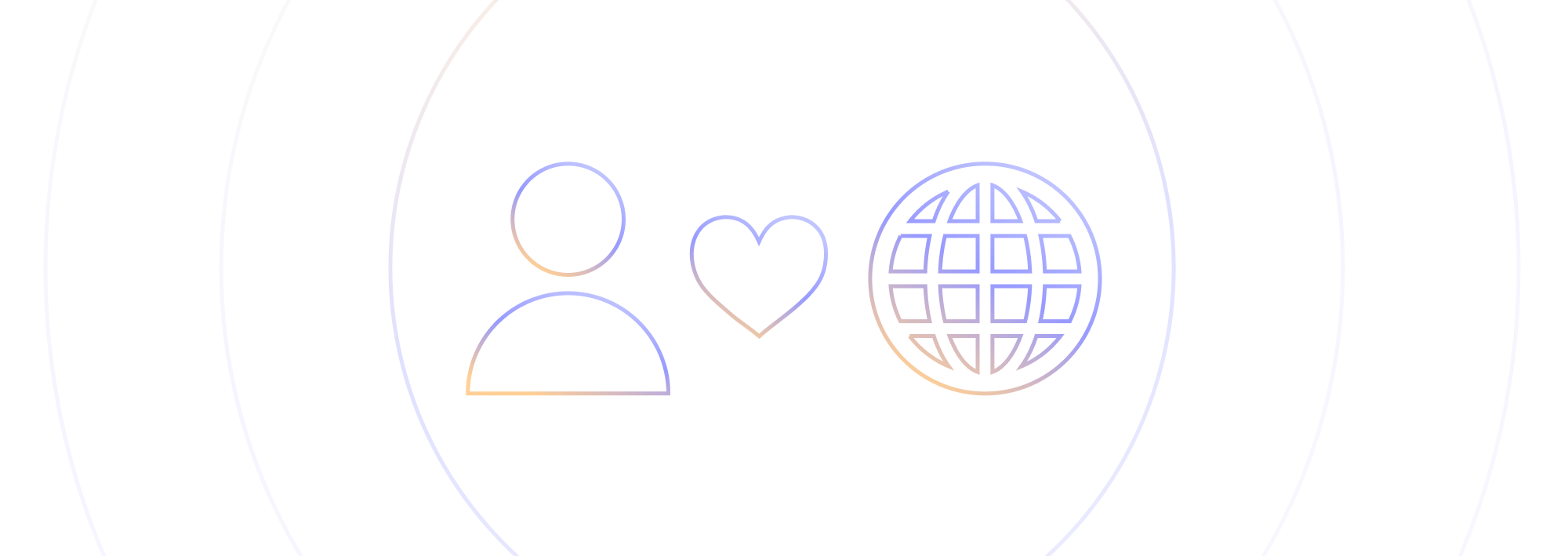
Paul Kohlhaas began his career as an economist and became particularly fascinated by these perverse economics within the pharmaceutical industry. Having discovered Bitcoin in 2013, he asked the question, “How can crypto solve this?”. Five years later, Paul was introduced to Tyler Golato — an academic who had been speaking to a mutual friend about how to reduce systemic bottlenecks in drug development. Paul had been thinking about the same issues but approaching them from the perspective of intellectual property ownership and examining how decentralization and NFTs could help create new ownership structures. They began talking for a few months and both found this problem challenging and exhilarating. In late 2018, they officially joined forces to form Molecule as a biotech protocol for turning early-stage intellectual property into liquid assets that are owned by communities of token holders rather than closed monopolies.
Technology
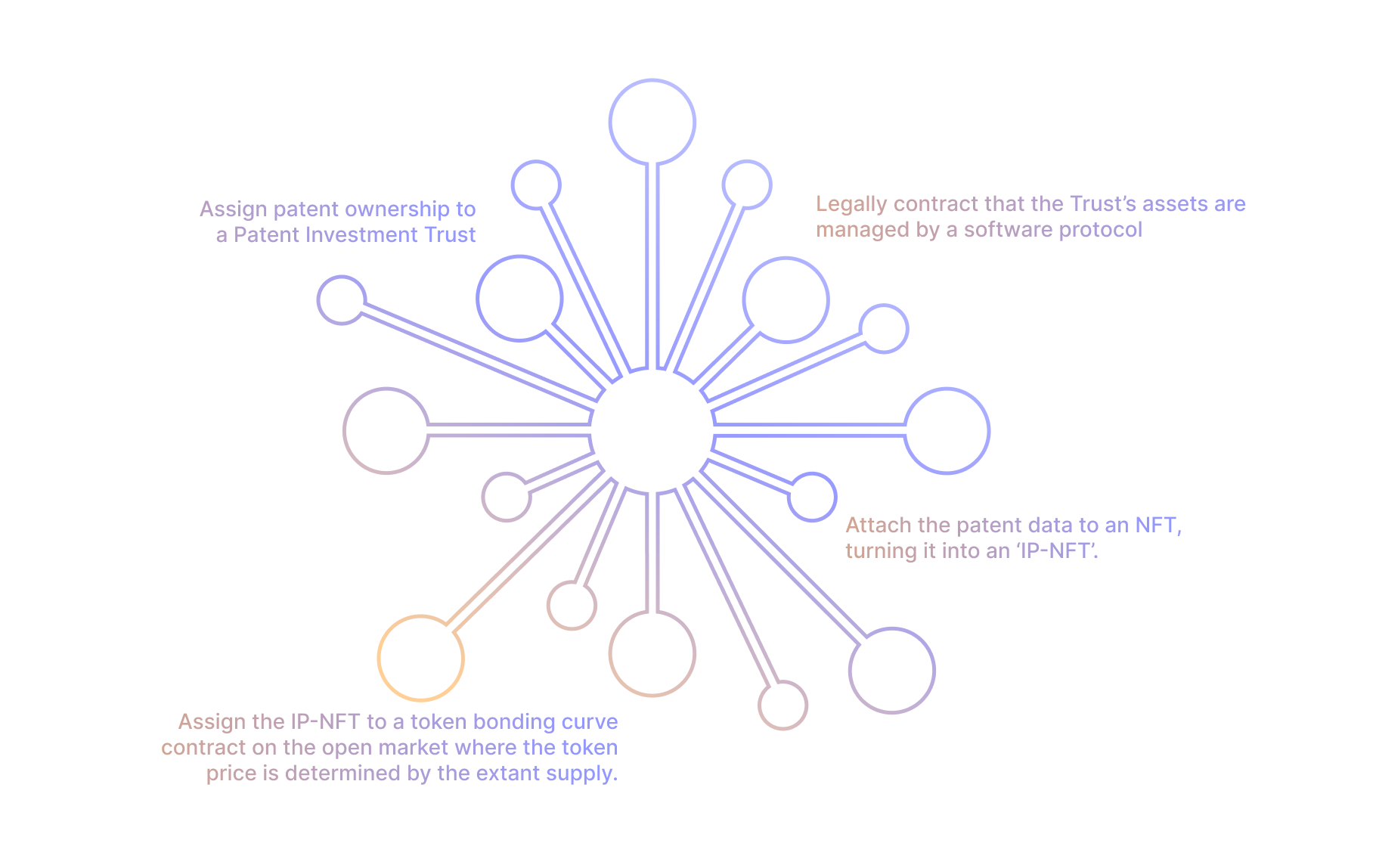
Molecule’s core innovation uses a clever combination of legal trusts, NFTs, and bonding curves, which works like this:
- Assign patent ownership to a Patent Investment Trust.
- Attach the patent data (e.g. the Markush structure) to an NFT, turning it into an ‘IP-NFT’.
- Legally contract that the Trust’s assets are managed by a software protocol.
- Assign the IP-NFT to a token bonding curve contract on the open market where the token price is determined by the extant supply.
This model means that the inventor can be issued a ‘creator stake’ of tokens (which establishes an initial price along the bonding curve) and then investors can buy and sell into the bonding curve, creating or destroying tokens according to the deterministic relationship between token supply and price established by the curve. Upon FDA approval of a resulting drug, token holders can be paid royalties via the trust. Eventually, it is hoped that patents will not be needed at all as the market embraces the favorable liquidity of IP-NFTs, especially as they can be treated as assets on a company balance sheet.
A liquid market for IP solves many of the misaligned incentives mentioned earlier. Because the innovation is already ‘on the market’, remaining undeveloped is highly unlikely: if one developer passes on the opportunity, another will take its place at a reduced cost. Having developed a drug, it also makes little sense to throttle its distribution because the licensing of the research is not exclusive and may be developed by other teams. As for negative results, they are incentivized by the opportunity for a team to take a short position on the bonding curve before releasing their results. An added layer of incentive alignment comes from the community of IP-NFT token holders who can vote on how the IP is developed and commercialized.
Being able to monetize very early-stage research starts a cascade of benefits for researchers, beginning with an independence from government grants as the sole source of funding. This frees them to pursue unconventional research areas and methods. Most importantly though, funding enables researchers to bridge the Valley of Death and fund the development of their own intellectual property.
VitaDAO

Having developed their core infrastructure, Molecule put it to the test by launching VitaDAO: a decentralized collective focusing on research into longevity and the biopharmacology of aging.
The $VITA governance token was created via a Gnosis Auction that ran from June 18-23, 2021. This sale formed the basis of VitaDAO’s treasury, which they use to fund proposals.
Community-First
Long before the $VITA token existed, the primary goal for VitaDAO was to build a strong academic and scientific community. It was to be “...a scientific organization first, and a ‘blockchain project’ second,” according to Tyler. For Molecule, DAOs are simply organizational frameworks with the necessary incentive structures to scale projects like VitaDAO. Tyler characterizes their approach like this:
“The most important goal when building a community is to have strong alignment on mission, vision, and values. We wanted to attract folk that were intrinsically motivated by this mission, even without clear incentives, thus we began building a strong community before ever introducing a token. We started out by identifying a great first project to fund, speaking at academic conferences, and leveraging our pre-existing network to attract academics to the organization around a shared vision of democratizing longevity therapeutics development. Once a scientific and academic culture and community began to form, it became somewhat unstoppable. These organizations are prone to network effects, and due to low gatekeeping, people are continuously attracted to the organization over time. This becomes an even stronger force once incentives and bounties are in place, and contributors can meaningfully begin working with the organization.” — Tyler Golato, Co-Founder, Molecule.
DAO Structure

When structuring the DAO, the team opted for the most common governance process of a forum discussion on Discourse followed by a vote on Snapshot. The quorum requirement for a valid vote was set at 965,000 $VITA out of a total supply of 64,298,880 — approximately 1.5%.
The treasury itself is currently managed by a multi-signature Gnosis Safe wallet controlled by the core team. This is not decentralized and means that only members of the core team may schedule a vote, but it is a safe way to begin and allows the team to incrementally decentralize as VitaDAO and the community prove their viability.
Within the DAO, the team have set up seven working groups / guilds in addition to the core team: Legal, Awareness, Longevity, Governance, Operations, Tech, and Tokenomics. Again, exemplifying their cautious approach, membership of the working groups is not permissionless and must be applied for, but this helps to ensure that a strong, professional culture is established first before scaling the community too quickly.
Proposals
As discussed, research proposals in the real world are fraught with funding and resource challenges. VitaDAO was founded to improve this process, so a lot of thought was put into how to attract the promising research that traditional organizations overlook and how to involve the community.
To this end, the funding application process is permissionless. Anyone may apply for funding here with a 500-1000 word proposal or be referred by the community. Every application is assessed by the Longevity Dealflow Working Group on a 4-tier scale. Anything in the first tier gets an all-important ‘stamp of approval’ and can present the proposal to the forum, while the second tier will be asked to clarify some follow-up questions. The last two tiers are encouraged to amend their application and apply again. During the forum stages, the community are aided in their decisions by detailed write-ups about the proposal and weekly community calls where they can meet the researchers and ask them questions. After receiving and incorporating community feedback, a first-tier proposal will move to a formal Snapshot vote by $VITA holders.

Conclusion
Molecule’s strategy from the beginning has been to solve the obvious and long-standing misalignment of incentives within the pharmaceutical industry. In a real sense, incentives are their competitive advantage. Before DAOs, the infrastructure to achieve this simply did not exist, but now they are able to distribute the cost, risk, and ownership of intellectual property to the benefit of patients and researchers. Behind the scenes, Molecule are putting in the hours to interface with institutions, think tanks, pharmaceuticals, and biotech companies to introduce them to a completely new way of conducting research.
In VitaDAO, Molecule have built a DAO, but also a prototype for any number of future DAOs that will use their framework. There are already a number of early pioneers: PsyDAO: a DAO with the goal to ‘Make Psychedelics Unmonopolizable’; and LabDAO: a community network of laboratory services.
For those looking to create their own DAOs, Molecule co-founder Tyler Golato has this advice:
“Start with a clear mission, vision, and objective. Have a strong sense of what values you want to imbue the community with. Find people who will build with you without a clear reward and at risk. Don’t launch a token or do anything web3 facing until you have a strong community and a clear mission. Don’t be afraid of setbacks and failures. Community is the single most important part of any project in this space, and you will be amazed at what can be achieved by a strong group of motivated people.
My other advice would be to align with others in the space that have already built similar organizations. Molecule, for example, is actively helping builders that wish to use the IP-NFT framework in their own organizations. We are beginning a small program to give grants and enable token swaps with mission/vision-aligned communities, with a goal of building biotech DAOs. Collaboration is stronger than competition, and this is a strong principle of the web3 space that I firmly believe in.”
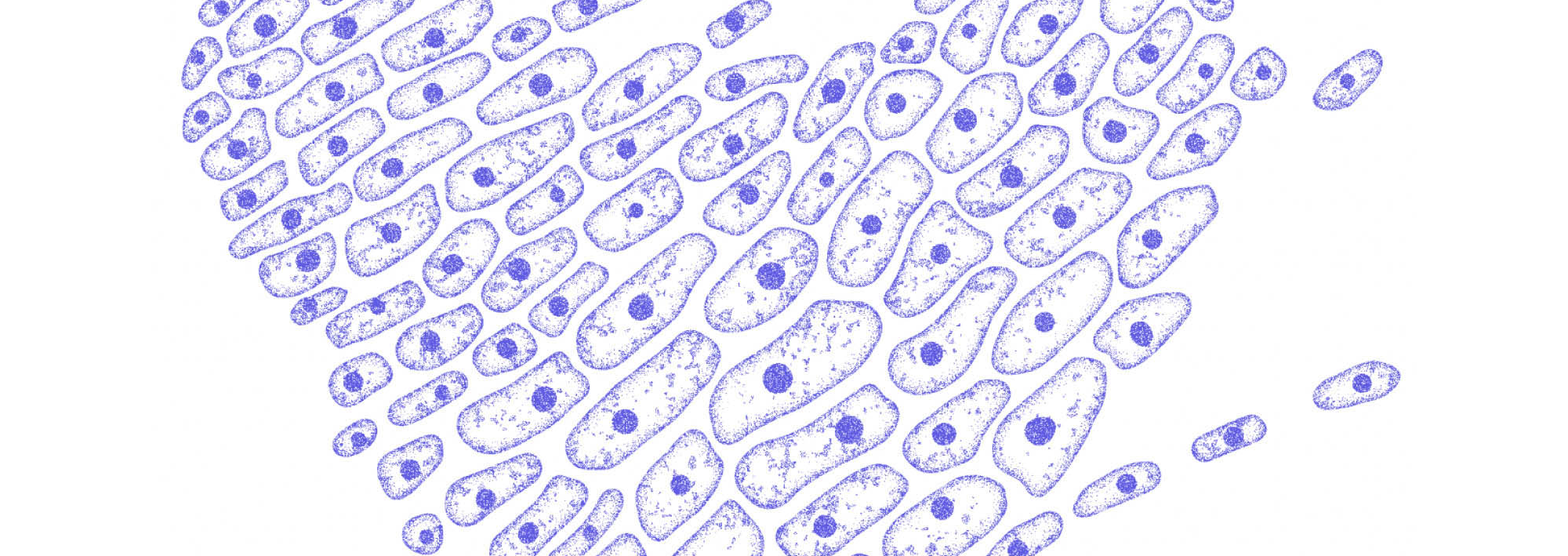
--
Aragon is building the future of decentralized governance for Web3 communities & organizations. Deploy a DAO, manage your community, resolve disputes and run enterprise-level votes, all within our open-source stack. See the latest at aragon.org, subscribe to our monthly newsletter, join the conversation on Discord, or follow us on Twitter.
Docs | YouTube | Telegram | Github | Reddit | Linkedin | Forum
Subscribe to The Eagle for weekly news on the Aragon Network
